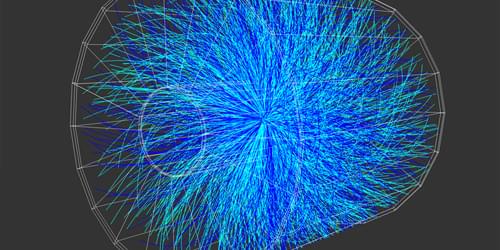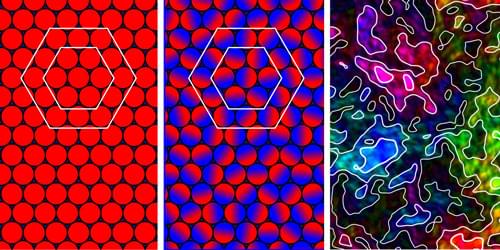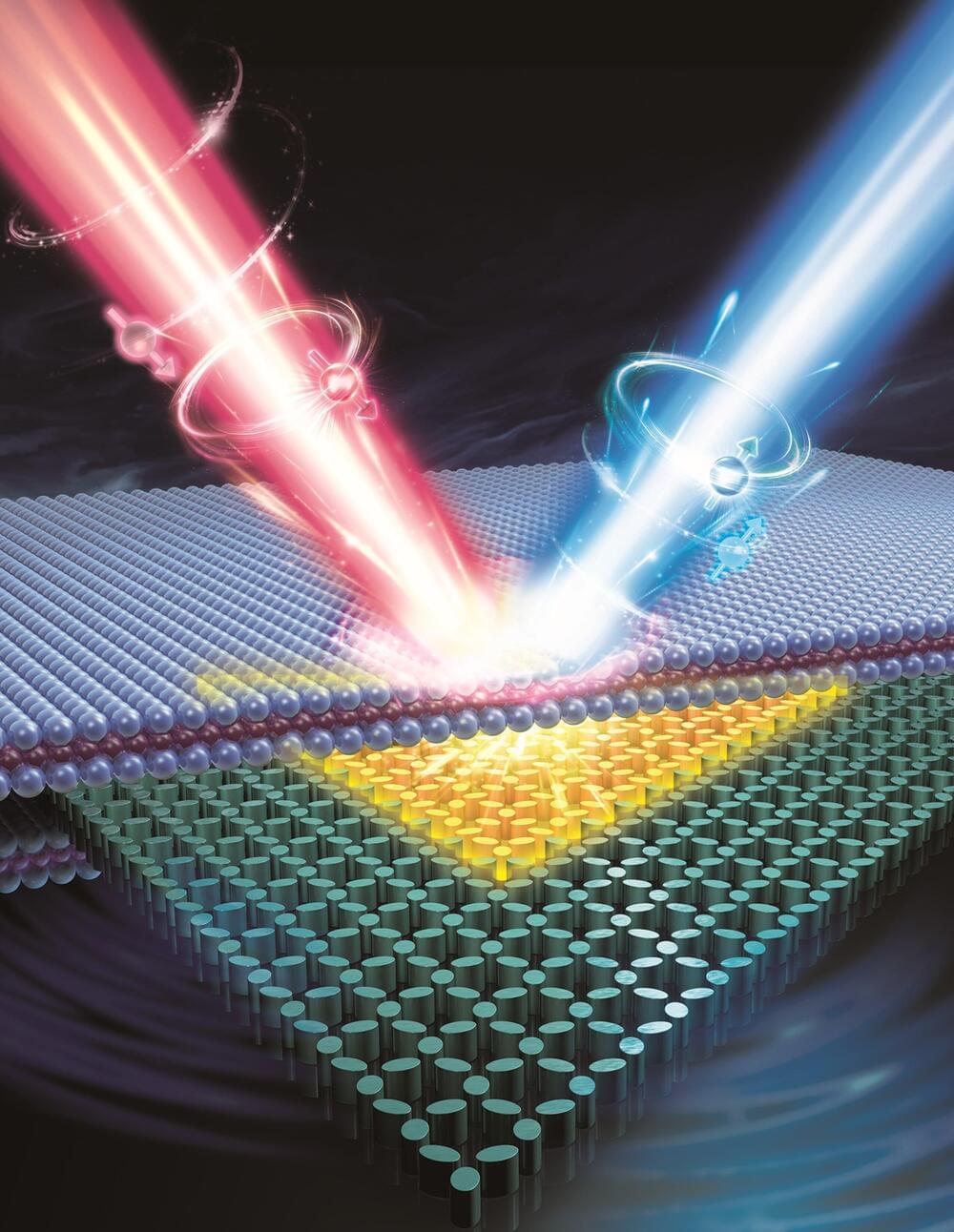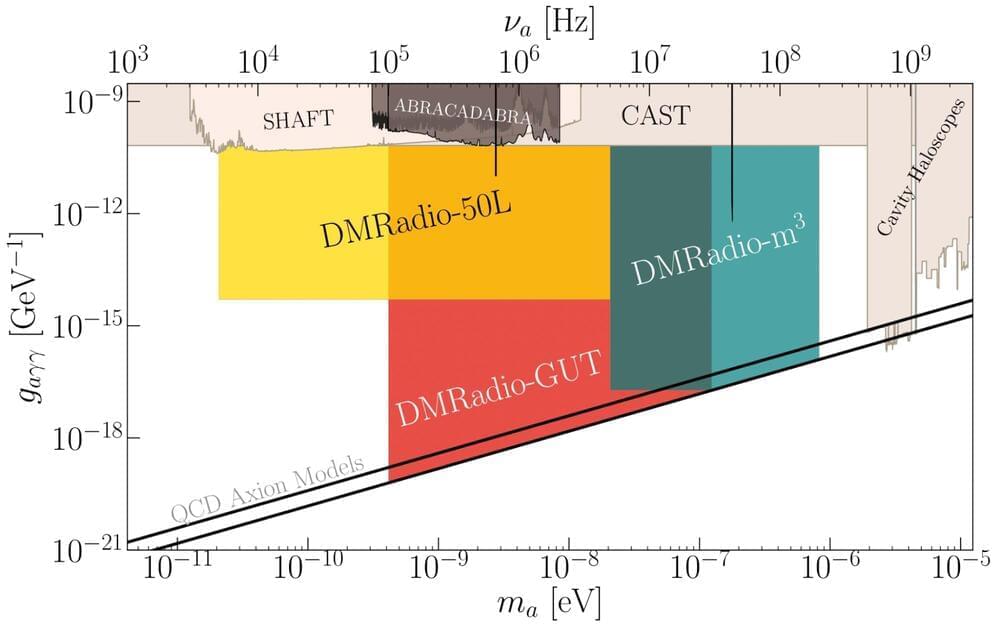Sep 6, 2023
How Tightly Bound Are Hypertritons?
Posted by Saúl Morales Rodriguéz in categories: particle physics, space
The Large Hadron Collider (LHC) is best known for the 2012 discovery of the Higgs boson, which was made by smashing together high-energy protons (see Collection: The History of Observations of the Higgs Boson). But protons are not the only particles accelerated by the collider, and some studies call for colliding much heavier objects. Now a team working on the LHC’s ALICE experiment has collided lead nuclei to study an exotic particle called a hypertriton [1]. The result could help researchers reduce errors in models of the structure of neutron stars.
A hypertriton is a tritium nucleus in which one neutron has been replaced with a lambda hyperon, a heavier particle with a quark configuration of up-down-strange rather than up-down-down. Researchers have long known the energy it takes to bind tritium’s proton and two neutrons. But it was unclear how that energy changed with the neutron–lambda hyperon switch.
The ALICE Collaboration turned to lead–lead collisions to answer this question because these collisions produce hypertritons in much greater numbers than proton–proton ones do. A hypertriton quickly decays into a helium-3 nucleus and a pion, with the decay time and the energy of the decay products depending on the binding energy between the lambda hyperon and the hypertriton core.


















